Pokemon go is one of the best case studies of gamification in Marketing. This cultural phenomenon hit worldwide on the 6th of July 2016 by reaching more than 1 billion users. We can easily say that it is even nowadays one of the major free-to-play mobile games. But what made it so popular? The answer lies in its smart use of gamification. By using game design elements for marketing purposes, Pokémon GO engages and motivates users to keep playing and engaging with the brand. Let’s take a closer look at how Pokémon GO uses gamification and what we can learn from it.
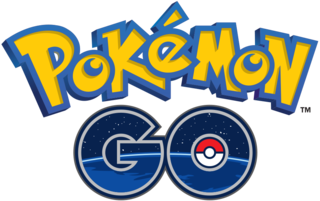
I. Gotta Catch ‘Em All: The Pokémon history
The Pokémon beginnings :
Pokémon is a media franchise that Satoshi Tajiri and Ken Sugimori created in 1995. The idea behind Pokémon originated from Tajiri’s childhood hobby of collecting insects. He wanted to create a game that would allow players to capture and collect creatures similarly. For this reason, Pokémon’s name comes after the Pocket Monster idea. Tajiri founded the game development company Game Freak with Sugimori and began working on the first Pokémon games, which were released in 1996 for the Nintendo Game Boy.
How Pokémon works :
In Pokémon games, players take on the role of trainers who catch, train, and battle creatures called Pokémon. Each Pokémon has its unique abilities, strengths, and weaknesses, and trainers must use strategy and skill to defeat their opponents.
Players can capture wild Pokémon by battling them and then throwing a Poké Ball at them. Once a Pokémon is captured, it can be added to the player’s team and trained to become stronger. Players can also trade Pokémon with other players to fill out their collection or to get Pokémon that are hard to find in their own game.
What are the most recent updates about the game?
The Pokémon franchise has continued to evolve and expand since its creation, with numerous new games, TV shows, movies, and merchandise being released over the years. The last major Pokémon outcome is Pokémon Go.
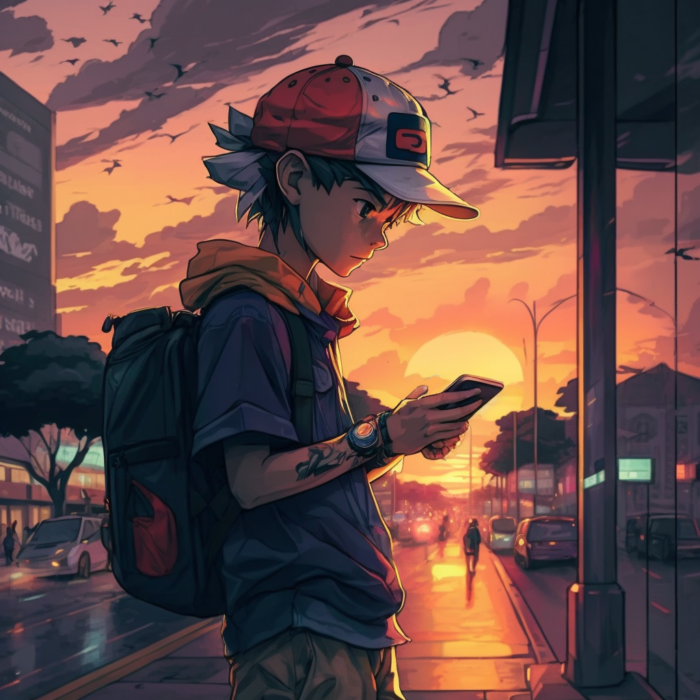
II. The Case Study: In a world, we must play
Pokemon Go has changed the face of gaming forever with its unique use of gamification. What makes this game so special is its ability to turn mundane activities such as walking, exploring, and collecting into an exciting and interactive experience.
Badges and Rewards :
One of the key elements of Pokemon Go’s gamification process is the use of badges and rewards. Players are motivated to explore their surroundings and capture new Pokemon to earn in-game achievements and rewards. These badges are proudly displayed for all to see, becoming a symbol of status and prestige, motivating players to collect as many as possible.
Augmented Reality :
Another aspect that makes Pokemon Go stand out is its use of augmented reality technology, which allows players to see and interact with virtual Pokemon in the real world. This immersive experience brings the game to life, making it feel like players are truly catching Pokemon in the wild.
As a side note, augmented reality, also known as “AR”, is a technology that will become more and more prevalent.
Social incentives :
The social aspect of the game also plays a significant role in its appeal. Players can join teams, collaborate to take over gyms, and participate in events with others, fostering a sense of community and friendly competition. This adds another layer of excitement, making the game even more enjoyable.
Pokemon Go’s use of gamification has resulted in an incredibly addictive and successful game, captivating millions of players worldwide. It’s a game that takes the simple concept of catching Pokemon and turns it into a fun-filled adventure, allowing players to explore the world around them and embark on a fantastic trip to become the best Pokemon trainer.
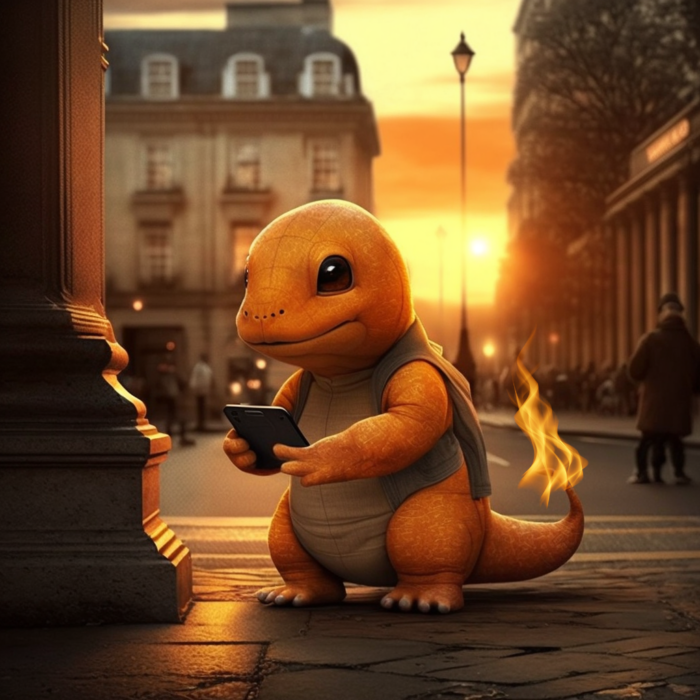
III. Use Gamification: To be the very best
Pokémon Go get a huge impact, here is an overview of some of the impressive numbers and cultural effects of the game:
The impact was huge:
- Downloads and revenue: In its first month, Pokémon GO generated over 100 million times downloads and over $200 million in revenue. It reached $1 billion in revenue within the first seven months of its release.
- Active players: At its peak, Pokémon GO had over 28.5 million daily active users in the United States alone. Globally, it had over 500 million downloads and an estimated 147 million monthly active users in 2018.
- Cultural impact: Pokémon GO became a cultural sensation, with players exploring their neighborhoods and cities to catch Pokémon. It also created a sense of community, with players gathering in public places to play the game and participate in raids.
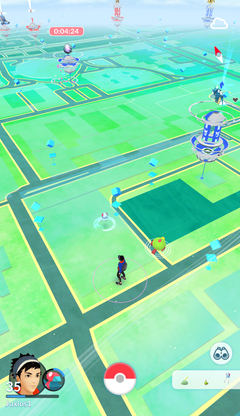
Pokémon GO has also changed the mobile gaming industry in several ways:
- Location-based games: Pokémon GO popularized location-based games, which use GPS technology to create a game world that is based on the player’s real-world location. This has led to the creation of other popular location-based games, such as Ingress and Jurassic World Alive.
- Augmented reality: Pokémon GO was one of the first games to use augmented reality, which overlays digital images onto the real world. This technology has since been used in other popular games, such as Harry Potter: Wizards Unite.
- Increased engagement: Pokémon GO’s use of gamification techniques has inspired other game developers to incorporate similar elements into their games. This has led to an increase in player engagement and revenue for the mobile gaming industry as a whole.
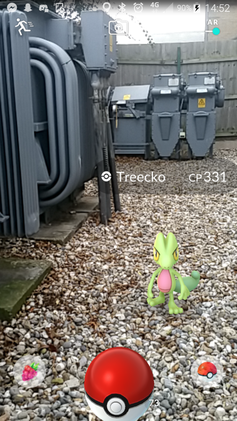
The success of the brand:
The success of Pokemon Go had a ripple effect on the brand as a whole. It generated a renewed interest in the franchise leading to increased sales of merchandise, games, and other products. The game also helped to expand the brand into new areas. As an augmented reality and location-based gaming, demonstrates the brand’s ability to stay relevant and adapt to new technologies and trends. The impact of Pokemon Go went far beyond just sales figures, however. The game reignited a passion for Pokemon among fans young and old. It brought people together and created a sense of community around the shared experience of catching and battling Pokemon. It’s hard to overstate the cultural significance of Pokemon Go. It helped to bring the Pokemon brand to the forefront of popular culture.
Overall, Pokemon Go’s impact on the Pokemon brand was nothing short of transformative, reigniting a love for the franchise and bringing it to new heights of popularity and cultural relevance.
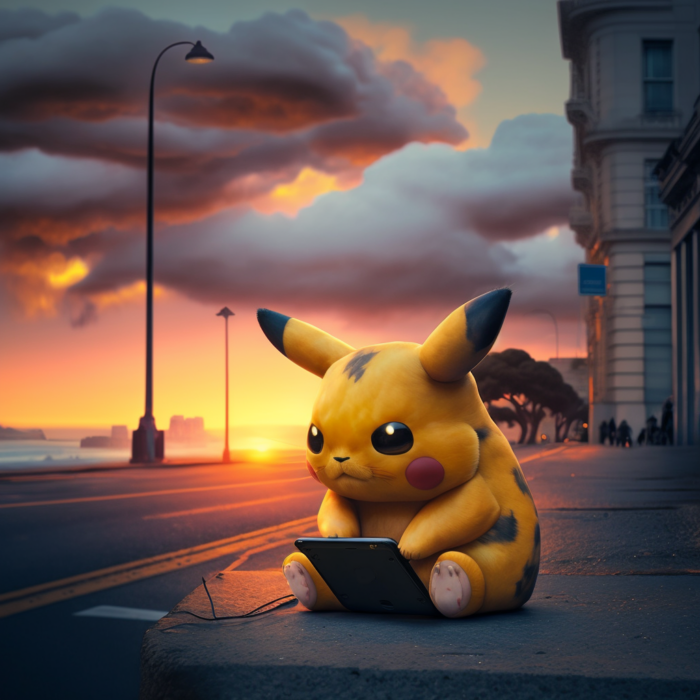
Conclusion: Pokémon will teach you:
Pokémon Go’s massive success led to many other brands imitating its gameplay mechanics and popularity. Harry Potter: Wizards Unite and Jurassic World Alive are two examples of games that attempted to leverage augmented reality and location-based gameplay. However, despite their efforts, none have been able to replicate the cultural impact and commercial success of Pokémon Go. The game remains one of the most significant pop culture phenomena of the past decade, and its impact on other brands and industries will continue to be felt for years to come.
Related stories

Winter is coming, and in terms of team-building events: It’s the high season! Companies are demanding: They want games, but...
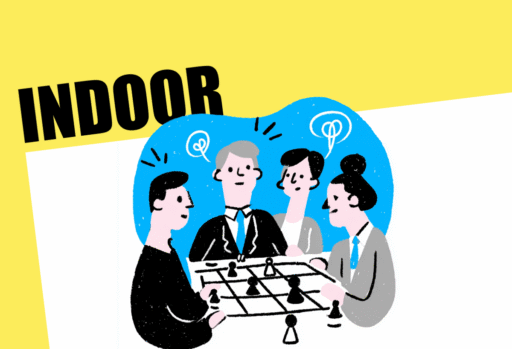
Today, we’re in November. The seasons get colder. Is this a reason to stop ourselves from having fun teambuilding games?...
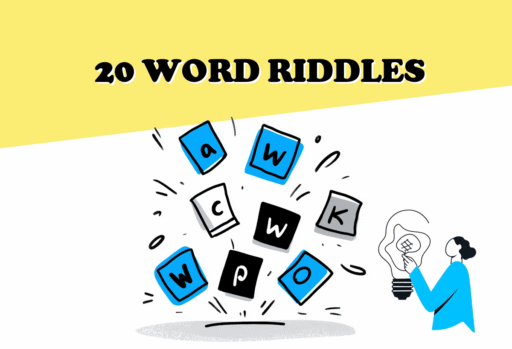
Looking for fun word puzzles for your birthday party or team-building event? These 20 word riddles are perfect for any...
Start free trial to bring your ideas to life
Sign up and create games, tours, team events and educational content that captures peoples' attention
Start from the scratch or use templates to kickstart!

